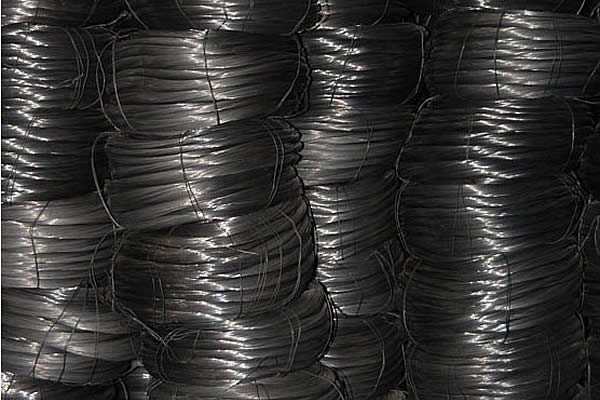 TEL:
+86-13102802206
TEL:
+86-13102802206
 Email:
fencenetting@china.com
Email:
fencenetting@china.com
 Language
Language
 TEL:
+86-13102802206
TEL:
+86-13102802206
 Email:
fencenetting@china.com
Email:
fencenetting@china.com
 Language
Language


The Knot Field Fence A Symbol of Connectivity and Tradition
In a world increasingly defined by digital interconnections, the knot field fence stands as a compelling reminder of our tangible roots, symbolizing both the physical and emotional bonds that tie us to the land and to each other. This unique type of fencing, characterized by its intricate interlocking knots, has a rich history that speaks volumes about the traditions of agricultural communities and their enduring connection to the earth.
The knot field fence has origins that date back centuries, primarily found in rural communities where agriculture plays a central role in daily life. Constructed from sturdy materials such as wood, wire, or even natural fibers, the design incorporates a series of knots that serve not just a functional purpose but also an aesthetic one. This type of fencing not only delineates property lines but also protects livestock and crops from wandering animals and unfriendly intruders.
One of the most captivating aspects of the knot field fence is its craftsmanship. Each knot is tied with precision, reflecting the skill and dedication of the builder. Traditionally, farmers and craftsmen used techniques passed down through generations. This artisanal approach to building fences fosters a deep appreciation for the knowledge and labor that goes into creating a functional structure. Each knot tells a story, linking the past with the present, reminding us of the strong community ties that have been essential for survival and cooperation in agricultural societies.

Beyond its functional utility, the knot field fence serves as a metaphor for connectivity. Just as the knots interlock to form a cohesive structure, so too do the relationships within a community. Neighbors rely on one another not only for assistance but also for companionship, creating a network of support that underpins rural life. This sense of community is often encapsulated in local gatherings, such as barn dances or harvest festivals, where shared experiences enhance social bonds. The knot fence becomes more than just a physical barrier; it transforms into a reminder of the interconnected lives that thrive in harmony on the land.
Moreover, knot field fences hold ecological significance. They can serve as habitats for various wildlife, offering shelter and nesting sites for birds, insects, and small mammals. By maintaining these structures, landowners contribute to the conservation of biodiversity in their locales. The knot fence fosters a reciprocal relationship between humankind and nature, showcasing the importance of sustainable practices in agriculture. This dual purpose enhances the value of such traditional structures, emphasizing that they are not merely utilitarian but are integral to wider ecological health.
As modern farming methods evolve and technology advances, the relevance of traditional practices like building knot field fences may seem diminished. However, there is a growing movement towards embracing sustainable agriculture that incorporates these time-honored methods. Many contemporary farmers recognize the benefits of preserving the artistry and functionality of knot field fences, not just for the practical aspects of farming but also for fostering a connection to heritage and identity. There is something inherently valuable in the physical representation of our ancestry and the stories woven into the fabric of rural life.
In conclusion, the knot field fence is more than just a boundary; it is a symbol of connectivity, tradition, and sustainability. It stands as a testament to the enduring relationships within communities and the intricate ties we share with our environment. As we navigate the complexities of modern life, it is essential to remember and uphold the values that such resilient structures represent. They not only protect our lands and heritage but also inspire us to cultivate a sense of belonging and commitment to the places we call home. With each knot tied in the fence, we strengthen our connection to the past while nurturing a future rooted in community and respect for nature.